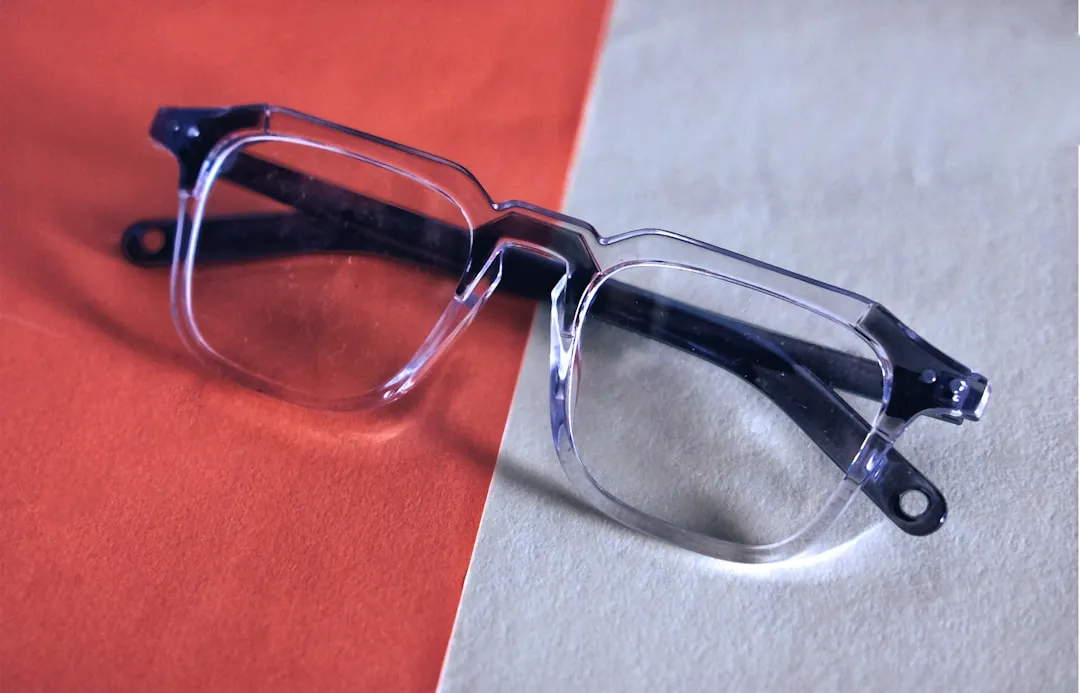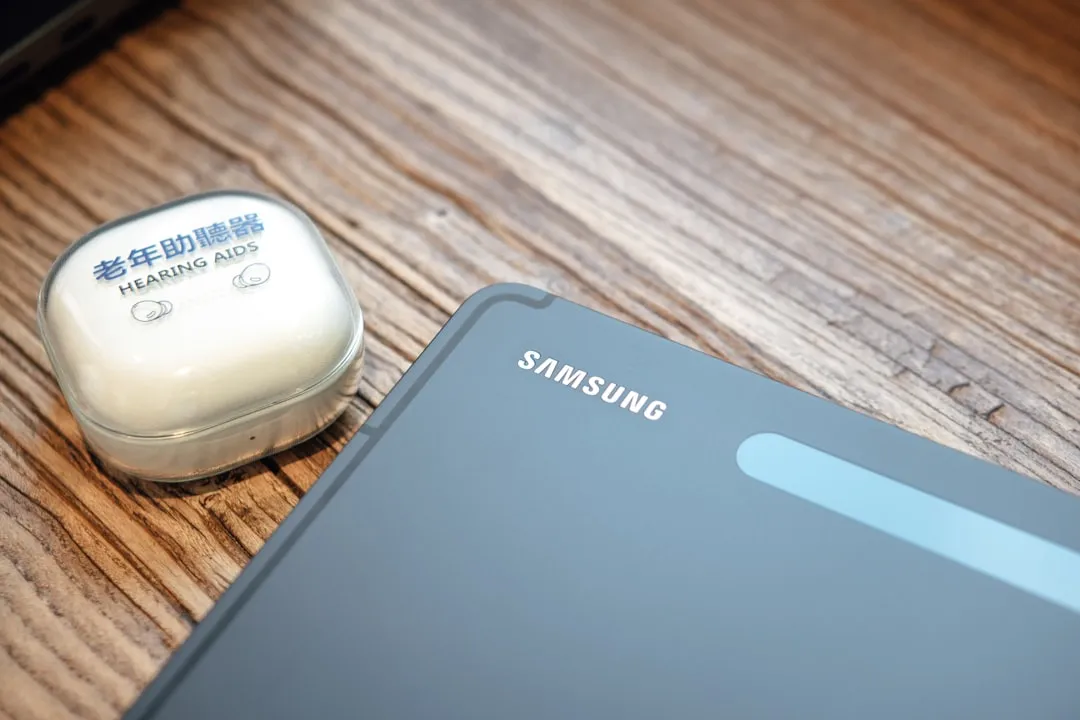How-To Guides about Running & Walking


how to
How to Improve Linear Speed and Running for in Young Athletes


how to
How to Dress warmly and keep your feet dry for safe winter running


how to
How to Complete a quick back routine to improve running form






























Featured On WonderHowTo:
Productivity & Shortcuts










Featured On WonderHowTo:
Music & Audio










Featured On WonderHowTo:
Augmented Reality










Featured On WonderHowTo:
Gaming
























































































































































































































